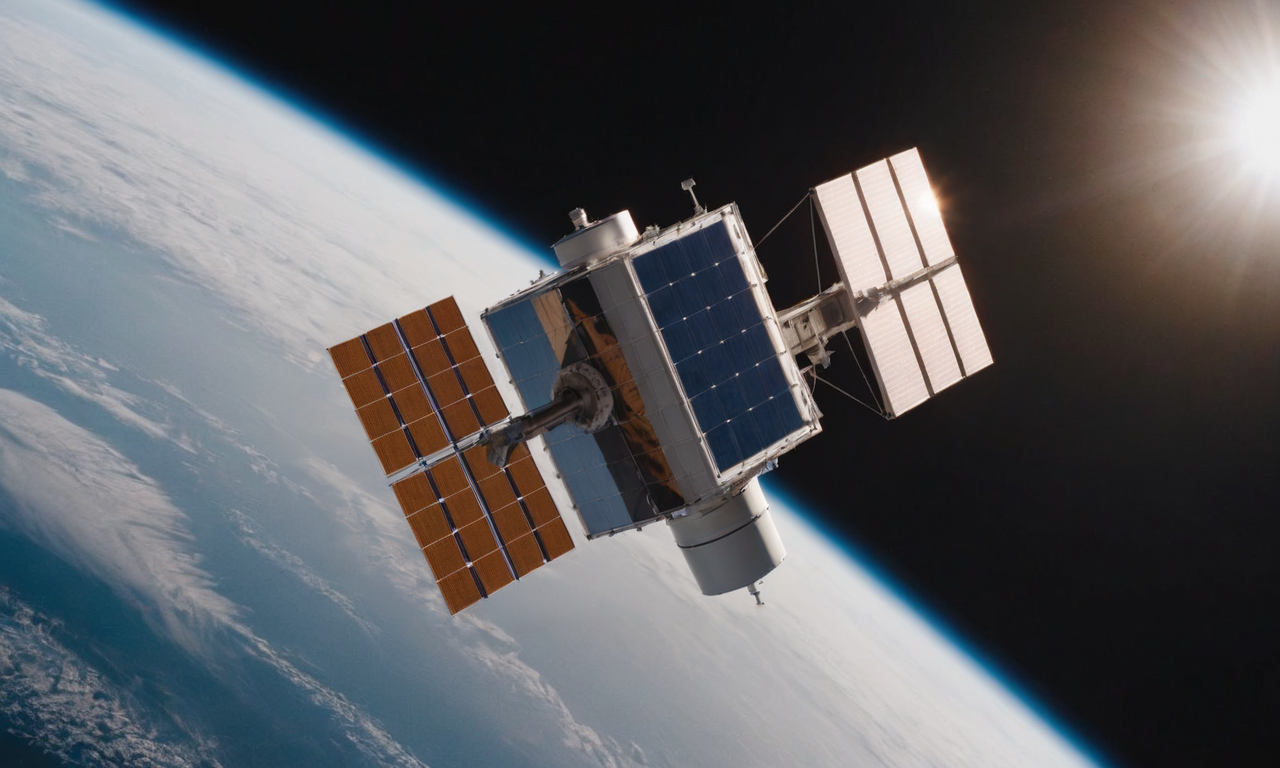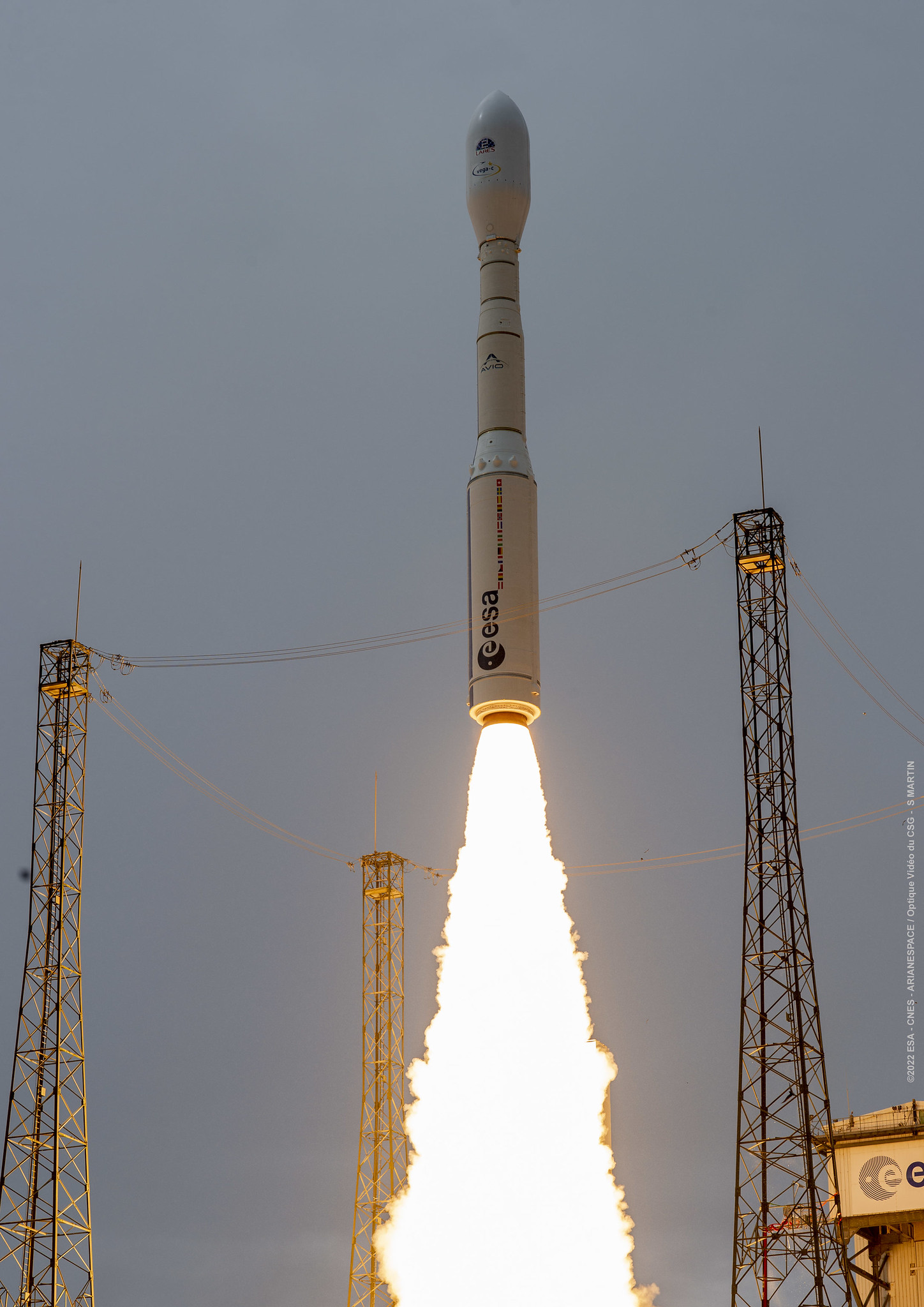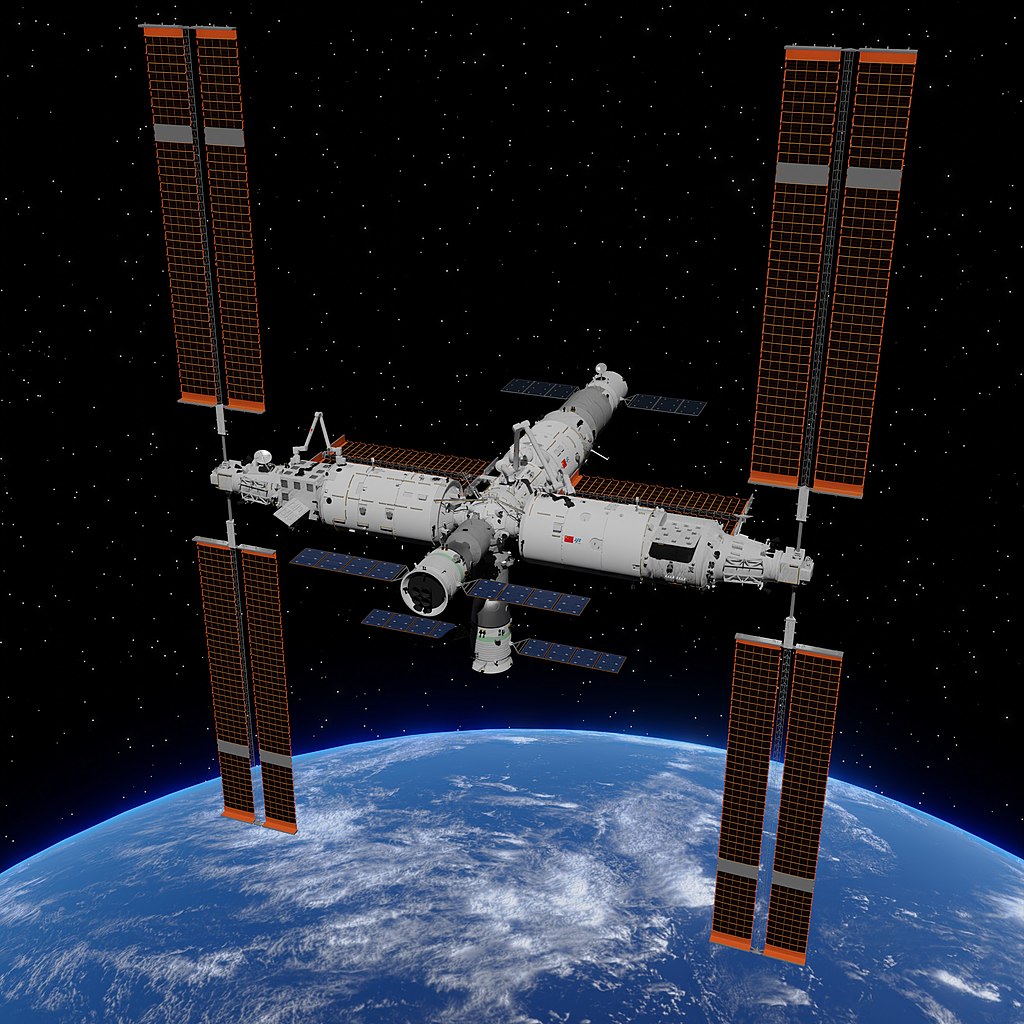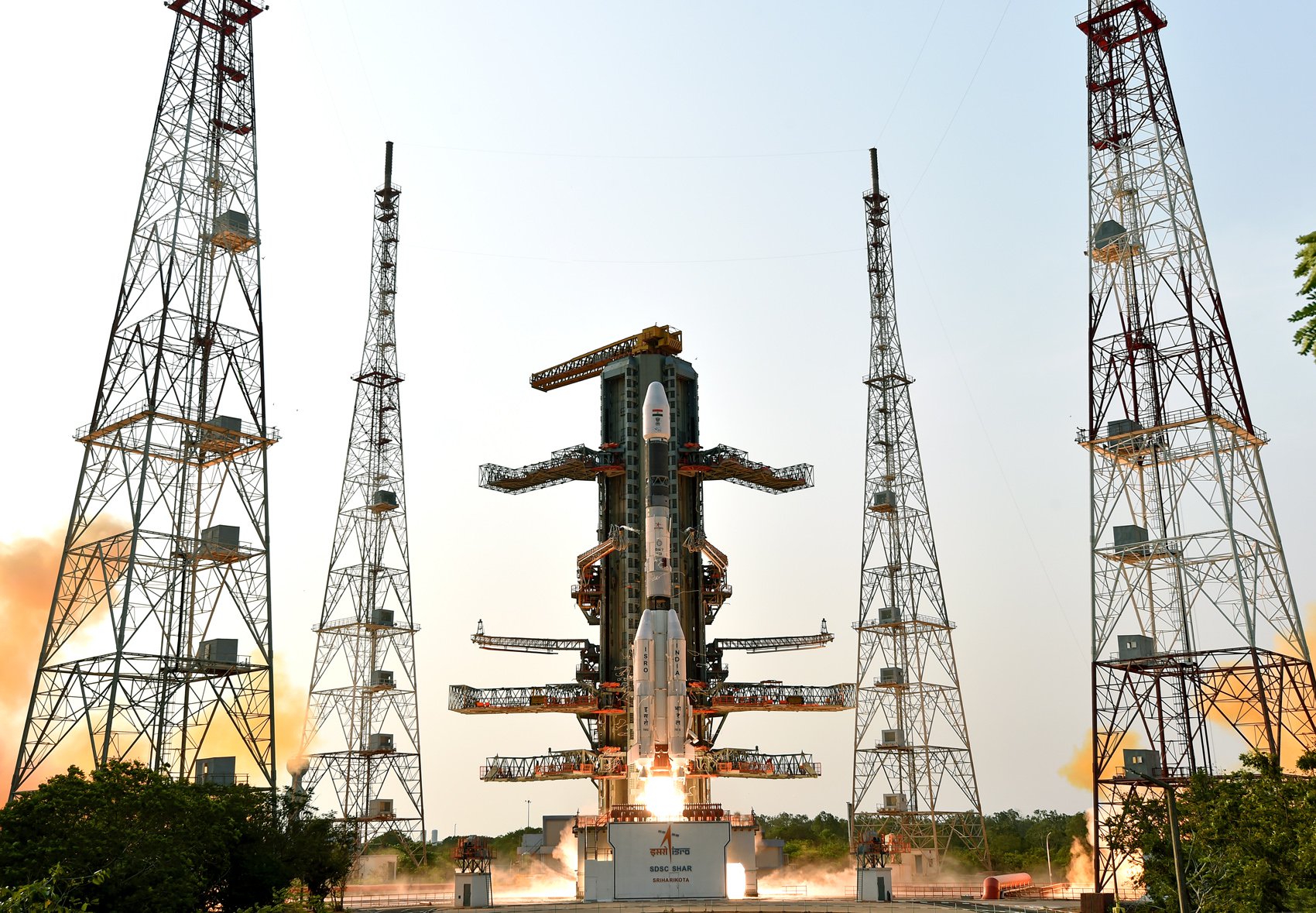· space brief · 4 min read
Space Brief 6 Feb 2025
Today's brief covers a diverse range of topics, including reentry mission approvals, leadership changes in the Space Development Agency, and innovative military satellite communications.

📄Top Stories
Today’s space news features key developments including Atmos Space Cargo’s receipt of regulatory approval for its first reentry mission, a change in leadership at the Space Development Agency, and a successful demonstration of high-speed satellite communications with military aircraft.
📰Detailed Coverage
Boost for Reentry Technologies as Atmos Secures Approval
European startup Atmos Space Cargo has achieved a significant milestone by securing the necessary regulatory approvals for its inaugural reentry mission. This mission aims to validate and demonstrate breakthrough reentry technologies, which are crucial for improving the efficiency and safety of returning spacecraft to Earth.
The approval represents a key step forward in reentry innovations, potentially impacting satellite payload retrieval and disposal strategies. As reentry continues to gain momentum in space operations, our web app can help track such upcoming mission activities and reentries.
Read the full story: SpaceNews
Leadership Changes at the Space Development Agency
The Space Development Agency (SDA) welcomes a leadership shift as William Blauser, an Air Force acquisition veteran, steps in as the acting director. Previously serving as the deputy director of the Air Force’s Rapid Capabilities Office, Blauser brings a wealth of experience in defense department acquisitions.
His extensive background includes involvement in space systems at the National Reconnaissance Office, indicating a strong strategic focus for the SDA’s future projects. This leadership change may influence forthcoming satellite systems development and deployment.
Read the full story: SpaceNews
ThinKom and Boeing Enhance Military Aircraft Communication
ThinKom and Boeing have successfully demonstrated high-speed satellite communication for military aircraft, showcasing ThinKom’s low-profile antenna integrated with Boeing modems on Viasat’s satellite network. This significant advancement promises improved communication capabilities for military operations at high velocity and in diverse environments.
The demonstration highlights the potential for future enhancements in communication technology on military platforms, reinforcing the critical role of satellites in modern defense strategies.
Read the full story: SpaceNews
Navy’s 4th Fleet Embraces Unmanned Systems for Countering Illicit Activities
The U.S. Navy’s 4th Fleet is set to launch “Southern Spear,” an operation that will leverage unmanned systems to combat illicit trafficking. The initiative will utilize a mix of robotic and autonomous systems to improve tracking and monitoring capabilities in real-time.
This operation underscores the growing importance of advanced satellite systems in maritime security and reconnaissance missions. By integrating these technologies, naval operations can become more efficient and responsive to illicit activities.
Read the full story: Breaking Defense
🛰️Satellite Spotlight
- Satellite Name: VINASAT-2
- NORAD ID: 38332
- Launch Date: 2012-05-15
- Mission: Communication
- Orbit: Inclination 0.0405°, Period 1.0027 days, Eccentricity near zero
- Operator: VNPT
- Fun Fact: VINASAT-2 is equipped with 24 Ku-band transponders and was launched aboard an Ariane 5ECA from French Guiana.
Current TLE Data:
1 38332U 12023B 25036.76359855 -.00000328 00000+0 00000+0 0 9993
2 38332 0.0405 280.3169 0002598 44.5282 218.0164 1.00271901 41680Track this satellite in real-time on our web app: Track VINASAT-2
🚀Upcoming Space Launches
February 7
- SpaceX Falcon 9:
- Starlink Group 12-9 from Cape Canaveral SFS, FL, USA (18:50 UTC)
- A batch of satellites for the Starlink mega-constellation - SpaceX’s project for space-based Internet communication system.
February 8
- Rocket Lab Electron:
- IoT 4 You and Me (Kinéis 16-20) from Rocket Lab Launch Complex 1, Mahia Peninsula, New Zealand (20:43 UTC)
- Fourth batch of five satellites for the French Kinéis IoT constellation designed to operate with 25 nanosatellites of 30 kg each.
February 9
- SpaceX Falcon 9:
- Starlink Group 11-10 from Vandenberg SFB, CA, USA (00:25 UTC)
- A batch of satellites for the Starlink mega-constellation - SpaceX’s project for space-based Internet communication system.
February 11
-
China Aerospace Science and Technology Corporation Long March 8A:
- Demo Flight from Wenchang Space Launch Site, People’s Republic of China (09:53 UTC)
- Demonstration flight of the Long March 8A rocket with upgraded first stage and boosters engines, and a new larger liquid hydrogen/liquid oxygen second stage with new YF-75H engines.
-
SpaceX Falcon 9:
- Starlink Group 12-18 from Cape Canaveral SFS, FL, USA (17:00 UTC)
- A batch of satellites for the Starlink mega-constellation - SpaceX’s project for space-based Internet communication system.
February 14
- SpaceX Falcon 9:
- Starlink Group 12-8 from Cape Canaveral SFS, FL, USA (17:26 UTC)
- A batch of satellites for the Starlink mega-constellation - SpaceX’s project for space-based Internet communication system.
February 26
- Arianespace Ariane 62:
- CSO-3 from Guiana Space Centre, French Guiana (16:24 UTC)
- The CSO-3 (Composante Spatiale Optique-3) satellite is the third of three new-generation high-resolution optical imaging satellites for the French military.
February 27
- SpaceX Falcon 9:
- Nova-C IM-2 & Lunar Trailblazer from Kennedy Space Center, FL, USA (00:17 UTC)
- This is the second mission of Nova-C lunar lander developed and built by Intuitive Machines, carrying a NASA payload called PRIME-1 for in-situ resource utilization on the Moon.
February 28
-
Rocket Lab Electron:
- BlackSky Gen-3 1 from Rocket Lab Launch Complex 1, Mahia Peninsula, New Zealand (00:00 UTC)
- BlackSky Gen-3 Earth-imaging satellites.
-
SpaceX Falcon 9:
- Starlink Group 10-12 from Cape Canaveral SFS, FL, USA (00:00 UTC)
- A batch of satellites for the Starlink mega-constellation - SpaceX’s project for space-based Internet communication system.
Note: Launch dates and times are subject to change due to technical or weather considerations.

Maurice Stellarski





